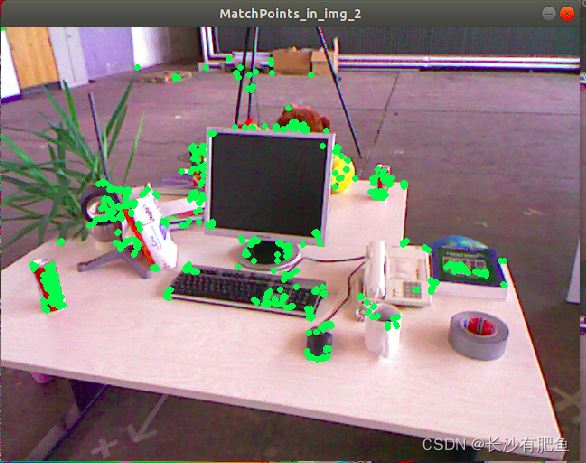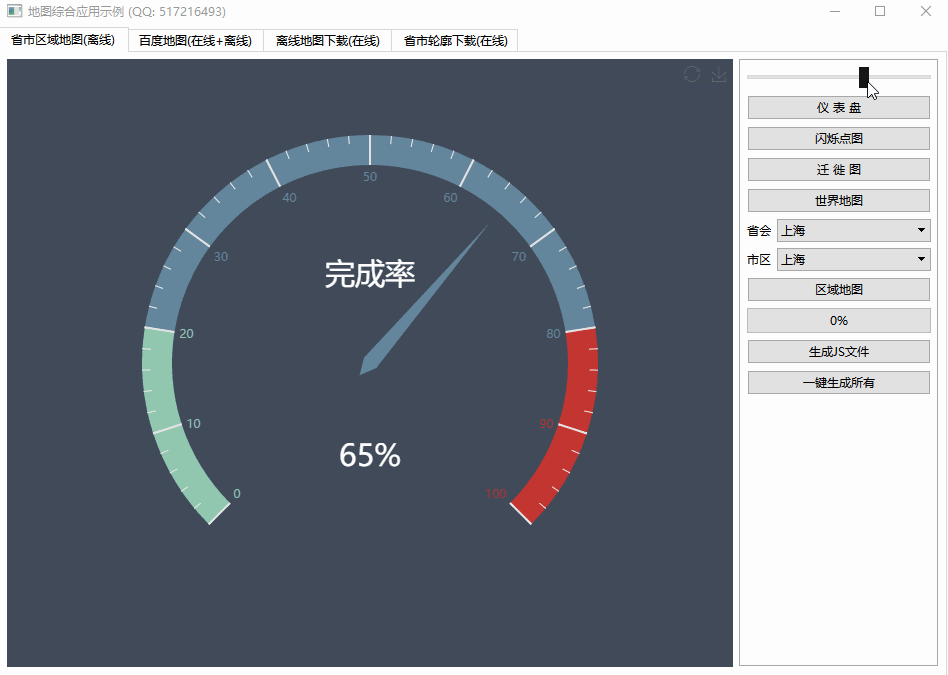tidy code for asynchronous IO(异步 IO 的整洁代码)
问题描述
虽然异步 IO(带有 select/poll/epoll/kqueue 等的非阻塞描述符)并不是网络上记录最多的东西,但有一些很好的例子.
Whilst asynchronous IO (non-blocking descriptors with select/poll/epoll/kqueue etc) is not the most documented thing on the web, there are a handful of good examples.
然而,所有这些例子,在确定了调用返回的句柄后,只有一个do_some_io(fd)"存根.他们并没有真正解释如何在这种方法中最好地处理实际的异步 IO.
However, all these examples, having determined the handles that are returned by the call, just have a 'do_some_io(fd)' stub. They don't really explain how to best approach the actual asynchronous IO in such a method.
Blocking IO 非常整洁且易于阅读代码.另一方面,非阻塞的异步 IO 是多毛和凌乱的.
Blocking IO is very tidy and straightforward to read code. Non-blocking, async IO is, on the other hand, hairy and messy.
有哪些方法?什么是健壮和可读的?
What approaches are there? What are robust and readable?
void do_some_io(int fd) {
switch(state) {
case STEP1:
... async calls
if(io_would_block)
return;
state = STEP2;
case STEP2:
... more async calls
if(io_would_block)
return;
state = STEP3;
case STEP3:
...
}
}
或者(ab)使用 GCC 的计算得到的 goto:
or perhaps (ab)using GCC's computed gotos:
#define concatentate(x,y) x##y
#define async_read_xx(var,bytes,line)
concatentate(jmp,line):
if(!do_async_read(bytes,&var)) {
schedule(EPOLLIN);
jmp_read = &&concatentate(jmp,line);
return;
}
// macros for making async code read like sync code
#define async_read(var,bytes)
async_read_xx(var,bytes,__LINE__)
#define async_resume()
if(jmp_read) {
void* target = jmp_read;
jmp_read = NULL;
goto *target;
}
void do_some_io() {
async_resume();
async_read(something,sizeof(something));
async_read(something_else,sizeof(something_else));
}
或者可能是 C++ 异常和状态机,因此工作函数可以触发中止/恢复位,或者可能是表驱动的状态机?
Or perhaps C++ exceptions and a state machine, so worker functions can trigger the abort/resume bit, or perhaps a table-driven state-machine?
我追求的不是如何让它工作,而是如何使它可维护!
Its not how to make it work, its how to make it maintainable that I'm chasing!
推荐答案
我建议看看:http://www.kegel.com/c10k.html,第二次看看现有的库,比如 libevent、Boost.Asio 已经完成了这项工作,看看它们是如何工作的.
I suggest take a look on: http://www.kegel.com/c10k.html, second take a look on existing libraries like libevent, Boost.Asio that already do the job and see how they work.
关键是每种类型的系统调用的方法可能不同:
The point is that the approach may be different for each type of system call:
- select 是一个简单的反应器
- epoll 有边缘或水平触发接口,需要不同的方法
- iocp 是 proactor 需要其他方法
建议:使用良好的现有库,例如用于 C++ 的 Boost.Asio 或用于 C 的 libevent.
Suggestion: use good existing library like Boost.Asio for C++ or libevent for C.
这是 ASIO 的处理方式
This is how ASIO handles this
class connection {
boost::asio:ip::tcp::socket socket_;
public:
void run()
{
// for variable length chunks
async_read_until(socket_,resizable_buffer,'
',
boost::bind(&run::on_line_recieved,this,errorplacehplder);
// or constant length chunks
async_read(socket_,buffer(some_buf,buf_size),
boost::bind(&run::on_line_recieved,this,errorplacehplder);
}
void on_line_recieved(error e)
{
// handle it
run();
}
};
因为 ASIO 作为 proactor 它会在操作完成时通知您并且在内部处理 EWOULDBLOCK.
Because ASIO works as proactor it notifies you when operation is complete and handles EWOULDBLOCK internally.
如果你说反应堆,你可以模拟这种行为:
If you word as reactor you may simulate this behavior:
class conn {
// Application logic
void run() {
read_chunk(&conn::on_chunk_read,size);
}
void on_chunk_read() {
/* do something;*/
}
// Proactor wrappers
void read_chunk(void (conn::*callback),int size, int start_point=0) {
read(socket,buffer+start,size)
if( complete )
(this->*callback()
else {
this -> tmp_size-=size-read;
this -> tmp_start=start+read;
this -> tmp_callback=callback
your_event_library_register_op_on_readable(callback,socket,this);
}
}
void callback()
{
read_chunk(tmp_callback,tmp_size,tmp_start);
}
}
类似的东西.
这篇关于异步 IO 的整洁代码的文章就介绍到这了,希望我们推荐的答案对大家有所帮助,也希望大家多多支持编程学习网!
本文标题为:异步 IO 的整洁代码


- 使用/clr 时出现 LNK2022 错误 2022-01-01
- 从python回调到c++的选项 2022-11-16
- 如何对自定义类的向量使用std::find()? 2022-11-07
- 与 int by int 相比,为什么执行 float by float 矩阵乘法更快? 2021-01-01
- C++ 协变模板 2021-01-01
- 近似搜索的工作原理 2021-01-01
- Stroustrup 的 Simple_window.h 2022-01-01
- STL 中有 dereference_iterator 吗? 2022-01-01
- 静态初始化顺序失败 2022-01-01
- 一起使用 MPI 和 OpenCV 时出现分段错误 2022-01-01









